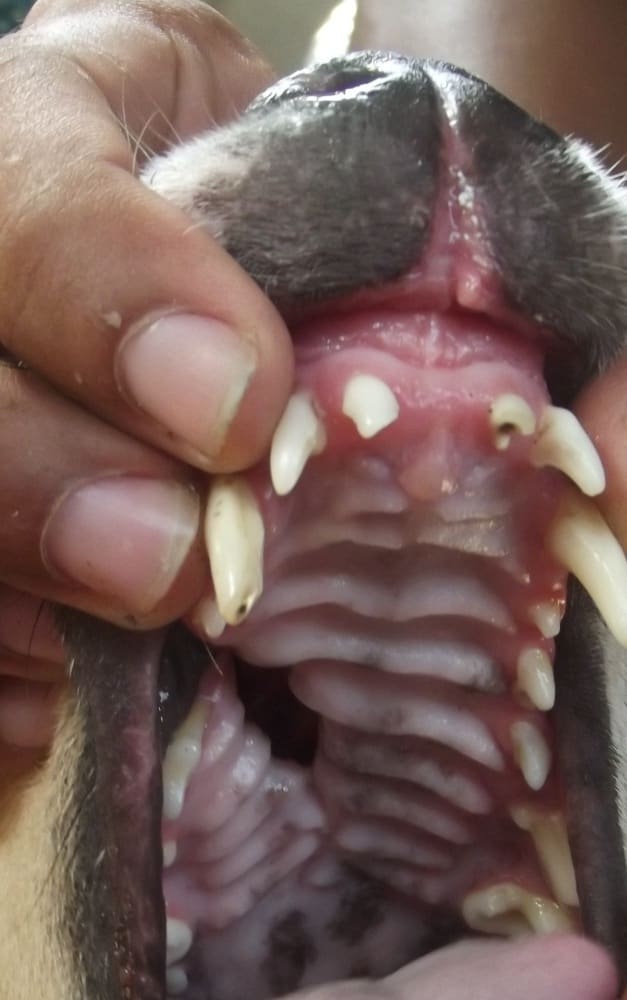Cleft Palate Puppy Symptoms
Cleft Palate Puppy Symptoms. Aspiration pneumonia (pneumonia caused by milk and food contents entering the cleft and infecting the lungs) respiratory difficulty (caused by aspiration pneumonia) difficulty sucking and nursing (for puppies) slow growth. The cleft can be of varying degrees.

Since the palate joins the two plates of the skull, a cleft palate can be dangerous for the puppy. With a cleft palate, the roof of the mouth has a gap just as may occur in the lip. What are the signs & symptoms that develop in affected dogs?
Puppies with it may develop a fever, lethargy, and coughing.
Weight loss or lack of weight gain is a classic sign, as is coughing, runny nose, especially if it’s coupled with listlessness and eventual fever, which can indicate pneumonia. With a cleft palate, the roof of the mouth has a gap just as may occur in the lip. The result is a defect between the mouth and the nasal sinus area.
Besides eating difficulties, puppies with moderate cleft palates might experience constant nasal discharge—including his dinner coming out his nose—stunted growth, and sneezing and coughing.
This is a direct consequence of the additional communication that exists between the mouth and the nose, due to the indentation that exists. While a primary cleft palate will likely be easy to visually diagnose due to the cleft lip and possibly misshapen nostril, a secondary cleft is much harder to recognize. Cleft palate of the lip or hard palate are easy to see, but soft palate defects can sometimes require sedation or general anaesthesia to visualise.
Cleft palate happens if the tissue that makes up the roof of the mouth does not join together completely during pregnancy.
The options for treating cleft palate in dogs range from providing a puppy with plenty of nutrition until they are old enough for surgery, close this defect with surgery when possible, if surgery is not required and the dog is basically dealing with breathing and nasal issues your vet will use prescribed medications to help decrease and possible eliminate the issues. Symptoms of palatoschisis in dogs. A cleft palate is often noticed when a puppy is not gaining weight and eating well after birth.
Aspiration pneumonia is possible if problems chewing and swallowing due to the cleft palate result in food getting into the lungs.
Sneeze and snort because food and saliva will pass into the nose; Affected puppies will often have difficulty suckling and swallowing. Puppies with cleft palates often display difficulty eating and sometimes challenges with breathing as well.
Signs and symptoms of cleft palates in dogs and cats.
Cleft palate in dogs is a congenital defect that mostly leads to euthanasia of the affected puppy. Symptoms expected with a cleft palate include: If your dog has a secondary cleft, he may display the following signs and symptoms:

Komentar
Posting Komentar